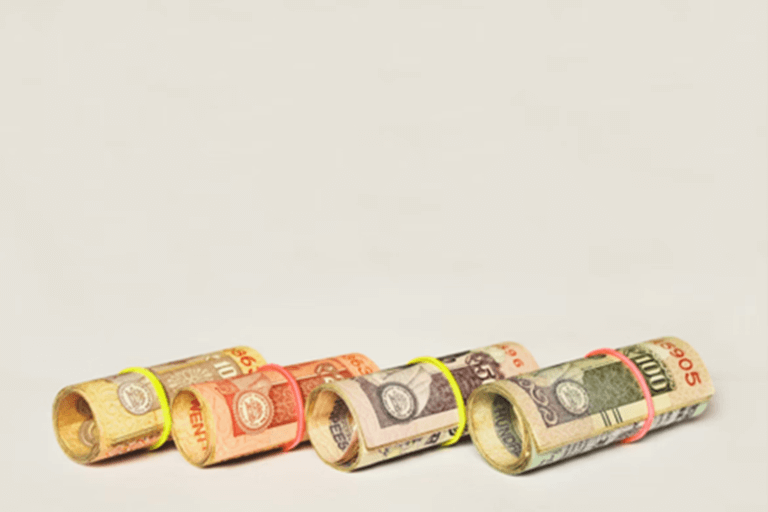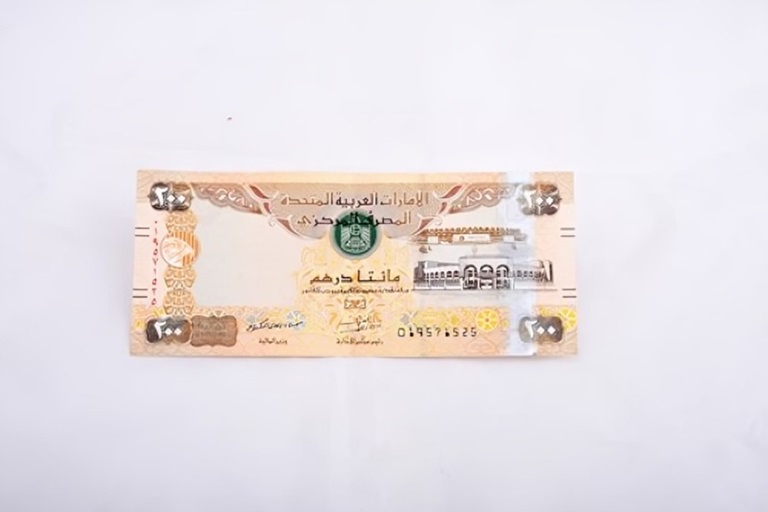A Simple Explanation of Currency Pairs for Forex Beginners
Table of contents
The foreign exchange market, or Forex, is the largest financial market in the world, with trillions of dollars traded daily. For beginners, understanding the basics is crucial to navigating this dynamic market. One of the most fundamental concepts in Forex trading is the currency pair. This guide will break down currency pairs into simple terms, helping you build a solid foundation for your Forex journey.
What Are Currency Pairs?
In Forex trading, currencies are always traded in pairs. A currency pair represents the relative value of one currency against another. When you trade a currency pair, you’re essentially buying one currency and selling the other simultaneously.
For example, the currency pair EUR/USD refers to the euro (EUR) and the US dollar (USD). If the pair is quoted at 1.10, it means 1 euro is equivalent to 1.10 US dollars.
Structure of a Currency Pair
A currency pair is made up of two components:
1. Base Currency: The first currency in the pair. In EUR/USD, the base currency is the euro.
2. Quote Currency: The second currency in the pair. In EUR/USD, the quote currency is the US dollar.
When the pair is quoted as 1.10, it indicates the amount of the quoted currency (USD) needed to buy one unit of the base currency (EUR). In simple terms, the quote shows the exchange rate between the two currencies.
Types of Currency Pairs
Currency pairs are categorized into three main types based on their trading volume and liquidity:
1. Major Pairs
Major pairs are the most widely traded currency pairs in the Forex market. They always include the US dollar (USD) as either the base or quote currency. These pairs are highly liquid, meaning they can be easily bought or sold without causing significant price changes.
Examples of major pairs:
• EUR/USD (Euro/US Dollar)
• USD/JPY (US Dollar/Japanese Yen)
• GBP/USD (British Pound/US Dollar)
• USD/CHF (US Dollar/Swiss Franc)
Major pairs are ideal for beginners because of their stability and tight spreads (the difference between the buying and selling price).
2. Minor Pairs
Minor pairs, also known as cross-currency pairs, do not include the US dollar. They consist of other major currencies, such as the euro, pound sterling, or yen.
Examples of minor pairs:
• EUR/GBP (Euro/British Pound)
• GBP/JPY (British Pound/Japanese Yen)
• AUD/CAD (Australian Dollar/Canadian Dollar)
Minor pairs may have slightly wider spreads than major pairs, but they still offer good trading opportunities, especially for those interested in non-USD currencies.
3. Exotic Pairs
Exotic pairs involve one major currency and one currency from a developing or smaller economy. These pairs are less liquid and more volatile compared to majors and minors, making them riskier for beginners.
Examples of exotic pairs:
• USD/TRY (US Dollar/Turkish Lira)
• EUR/SEK (Euro/Swedish Krona)
• GBP/ZAR (British Pound/South African Rand)
Exotic pairs can offer high profit potential due to their volatility, but they require more experience and careful risk management.
How to Read Currency Pair Quotes
Currency pairs are always quoted with two prices:
Bid Price: The price at which the broker buys the base currency from you (the selling price for the trader).
Ask Price: The price at which the broker sells the base currency to you (the buying price for the trader).
The difference between the bid and ask prices is called the spread, which represents the broker’s profit.
For example:
EUR/USD = 1.1050/1.1052
– Bid Price: 1.1050
– Ask Price: 1.1052
– Spread: 0.0002 (2 pips)
Why Do Currency Pairs Move?
Currency prices fluctuate due to various factors, including:
• Economic Data: Key economic indicators such as GDP growth, employment data, inflation rates, and trade balances influence currency values. For example, strong economic data in the US may strengthen the USD, affecting currency pairs like EUR/USD and USD/JPY.
• Interest Rates: Central banks set interest rates, which play a significant role in currency valuation. Higher interest rates often attract foreign investment, increasing demand for the currency. Conversely, lower rates may weaken a currency.
• Political Stability: Political events, such as elections, policy changes, or geopolitical tensions, can impact currency values. A stable political environment usually supports a stronger currency.
• Market Sentiment: Trader perceptions and risk appetite influence currency pair movements. In times of uncertainty, traders may flock to safe-haven currencies like the Swiss franc (CHF) or Japanese yen (JPY).
How to Choose a Currency Pair to Trade
As a beginner, it’s essential to select currency pairs that suit your trading style and experience level. Consider the following factors:
1. Liquidity Major pairs, like EUR/USD, offer high liquidity, ensuring smoother trades and lower costs. They are the best starting point for beginners.
2. Volatility Pairs like GBP/JPY or exotic pairs exhibit higher volatility, providing larger price swings. While this can lead to higher profits, it also increases the risk.
3. Trading Times Some pairs are more active during specific market sessions. For instance, USD/JPY is most active during the Asian session, while EUR/USD sees more action during the European and US sessions.
Common Currency Pairs for Beginners
If you’re new to Forex trading, consider starting with these pairs:
• EUR/USD: High liquidity, tight spreads, and stable trends make it ideal for beginners.
• USD/JPY: Offers good volatility and lower spreads.
• GBP/USD: Slightly more volatile but offers clear trends and opportunities.
Understanding the Correlation Between Currency Pairs
Currency pairs can be correlated, meaning they move in similar or opposite directions. For instance:
• Positive Correlation: EUR/USD and GBP/USD often move in the same direction because of their shared relationship with the US dollar.
• Negative Correlation: EUR/USD and USD/CHF typically move in opposite directions, as the Swiss franc is considered a safe-haven currency.
Understanding correlation can help you diversify your trades and manage risk effectively.
Tips for Trading Currency Pairs
1. Stick to Major Pairs Initially: Focus on pairs like EUR/USD or USD/JPY to gain confidence and experience.
2. Monitor News and Events: Stay updated on economic news and events that may impact your chosen pair.
3. Practice Risk Management: Use stop-loss orders and avoid over-leveraging.
4. Use a Demo Account: Practice trading with virtual money to understand how currency pairs behave in the market.
Currency pairs are the backbone of Forex trading. As a beginner, understanding their structure, types, and factors influencing their movement is critical to making informed trading decisions. Start with major pairs, practice in a demo account, and gradually expand your knowledge and experience to include minor and exotic pairs.
If you’re looking for expert assistance in your trading journey or need reliable Forex services, consider reaching out to Thomas Cook for their renowned expertise and competitive offers.
Remember, every trader starts somewhere, and understanding these basics deeply increases your chances for success in the bustling world of Forex!
Table of contents
Our Forex Offerings
Trending blogs for you
 18002099100
18002099100




















